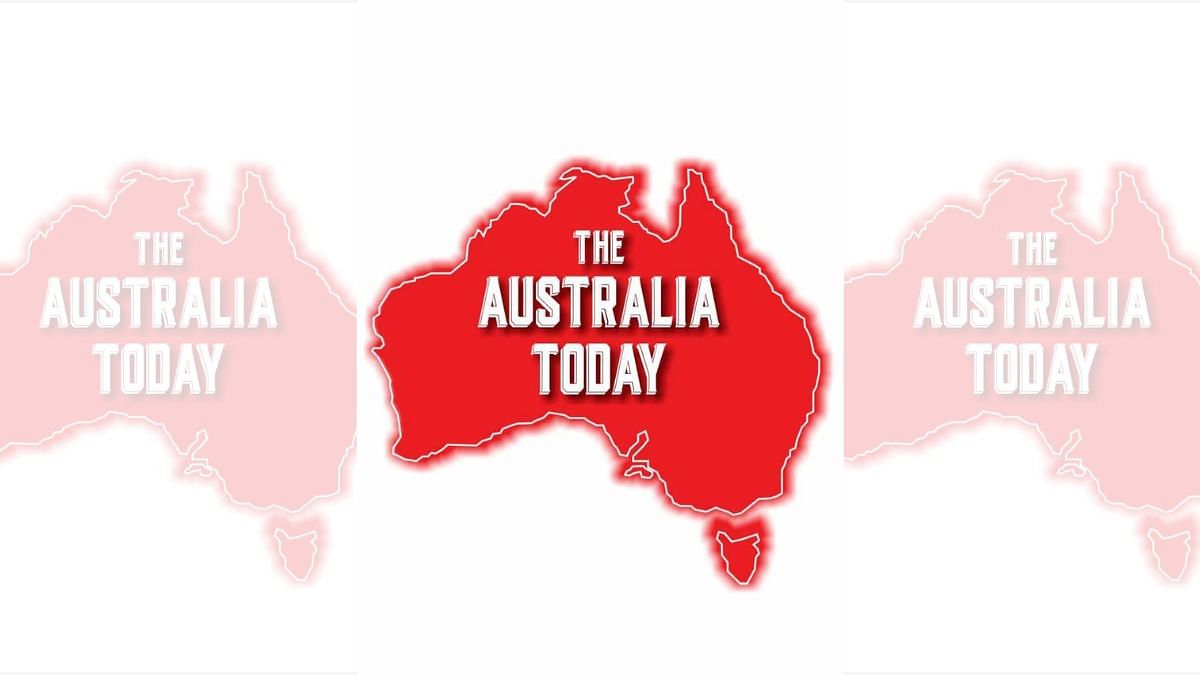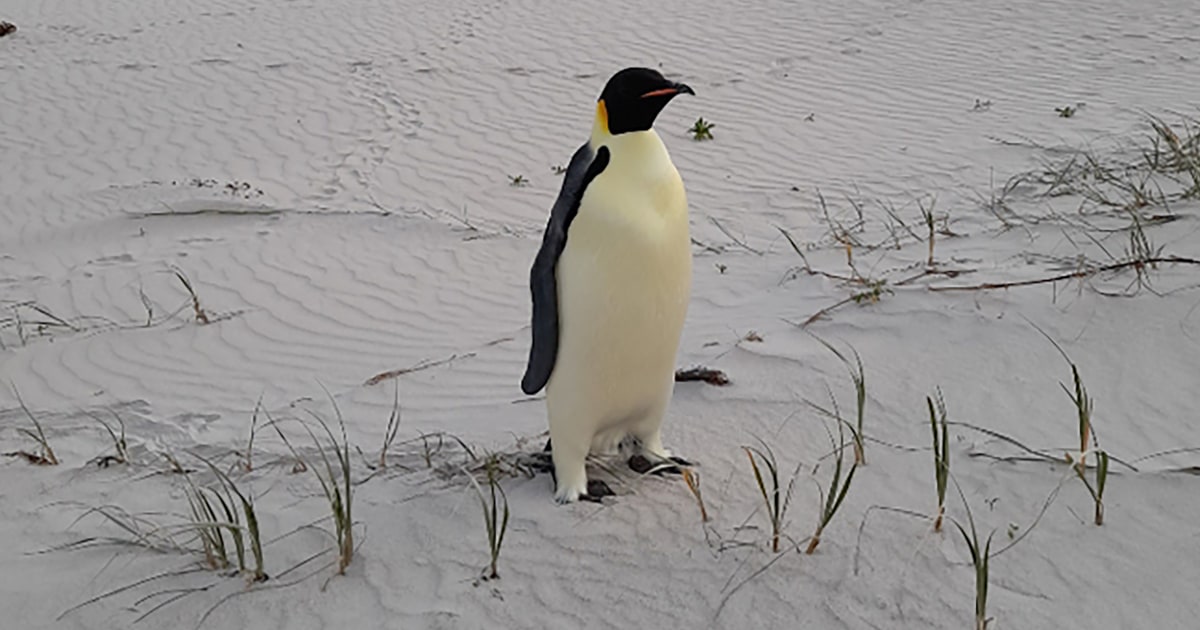Universities Australia accuses government of treating international students as ‘cannon fodder’

- by Admin
- September 10, 2024
The federal government’s plan to cap international students will hinder their efforts to increase the number of Australians with tertiary qualifications, the head of Universities Australia will argue in a speech on Wednesday, as he accuses both major parties of politicising the sector.
Universities Australia chair and University of South Australia vice-chancellor David Lloyd will appear at the National Press Club later today, where he will call on both sides of government to treat higher education as a policy priority rather than a political pawn.
In a preview of the speech provided to the ABC, he accused the government of “wilfully weakening” the economy with the caps and of using international students as “cannon fodder in a poll-driven battle over migration”.
It comes as Department of Education data shows 15 public universities are set to have their international student numbers slashed under the proposed changes, including one that will have new enrolments cut by more than 50 per cent compared to 2023 figures.
Under the federal government’s overhaul of the higher education sector, no more than 270,000 international students would be able to start their studies at Australian universities and vocational providers next year.
Each provider would also be subject to its own individualised cap, based on a formula that takes into account previous levels of international student commencements and the make-up of their student body.
According to the department’s data, regional Victoria’s Federation University will only be able to enrol 1,100 new international students next year — a more than 50 per cent drop on their 2023 commencement figures.
Group of Eight universities including the University of New South Wales, the University of Sydney and the University of Melbourne — each with around 40 per cent of their cohort made up of international students — would also be hit hard by the changes.
The University of NSW would see a drop of 14 per cent, compared to 2023 figures, while the University of Sydney and University of Melbourne would both see their commencements slashed by 7 per cent.
Education Minister Jason Clare announced the government’s planned overall caps for international students last month. (ABC News: Matt Roberts)
Education Minister Jason Clare has previously said that the proposed limits will mean the number of international students starting in 2025 will be broadly the same as the previous year, but they will be redistributed across the sector.
“This is about setting up the system in a better and fairer way so it’s not only a lucky few universities that benefit but the whole sector,” he told reporters last month.
Universities Australia accuses governments of underfunding
Universities Australia, as well as other peak bodies in the sector, have long been critical of the government’s crackdown on international students, warning that thousands of university job losses would follow.
Meanwhile, the government has said limits on new commencements are needed to slow the flood of international students that followed the lifting of COVID border closures.
There were more than 800,000 international students studying in Australia in the previous year, according to Department of Education data, up from 690,000 pre-pandemic.
Professor Lloyd accused successive governments of underfunding teaching and research over decades, forcing universities to rely on international students for their revenue.
International student fees are the second-largest source of income for universities across the board, behind government funding.
Those fees totalled $8.6 billion in 2022, which equated to more than 30 per cent of revenue at the University of Sydney, University of Melbourne, University of Queensland, Monash University and the University of NSW.
Even so, Professor Lloyd said it was a “frightening reality” that two-thirds of public universities were in deficit in 2022 and 2023.
He said stripping funding from providers would also hamstring the government’s goal of increasing the national tertiary qualification attainment rate from 60 per cent to 80 per cent of working-age Australians by 2050.
Reaching that benchmark would require educating a million additional students in the next couple of decades, he said, which is “equivalent of creating a new institution the size of Monash University every two years”.
“How exactly can we deliver for future learners and increased skills provision in the midst of a tail-spinning downward spiral of core funding?” he said.
“If universities don’t have the means to compensate for this lack of core funding, Australian research simply is not going to happen.”
The Independent Tertiary Education Council Australia (ITECA), which represents private higher education and vocational providers, has also slammed the caps, warning that up to 300 colleges could be forced to close their doors.
The government informed private vocational providers of their indicative caps on Friday.
In response, ITECA said they had been inundated with messages from members who were “perplexed, bewildered and deeply worried”.
“College closures are now inevitable and ITECA members lay the blame squarely at the feet of Australian government politicians responsible for international education policy,” ITECA chief executive Troy Williams said in a statement.
A Senate committee examining the government’s bill is due to report its findings next week.
The Latest News
-
November 13, 2024Seven Upfronts: Returning Hits, Music Specials and New AFL Footy Shows Lead Seven’s 2025 Slate
-
November 13, 2024The Future Of Australian Fashion Week Is At Risk As IMG Exits Event
-
November 13, 2024Aussie Test selector claps back at ‘guess’ sledge
-
November 13, 2024‘Mark Waugh just laughed’: The hilarious true story behind formation of an Aussie rock icon
-
November 13, 2024Who is Alex Condon? Aussie NBA prospect considering career at Collingwood | Sporting News Australia


